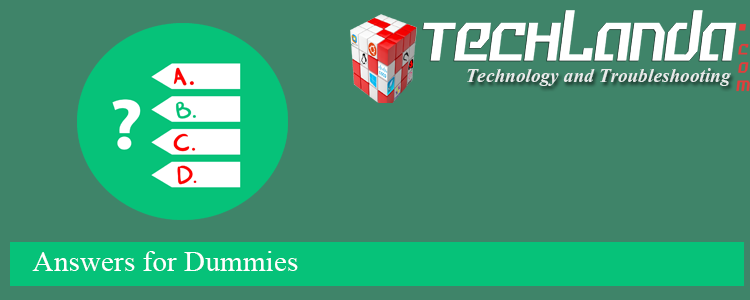-
3rd layer
-
1st layer [Physical Layer]
-
2nd layer
-
4th layer
EXPLANATION
Layers of OSI model:
Physical layer
The Physical layer is also called as the Layer 1. Here are the basic functionalities of the Physical layer:
- Responsible for electrical signals, light signal, radio signals etc.
- Hardware layer of the OSI layer
- Devices like repeater, hub, cables, ethernet work on this layer
- Protocols like RS232, ATM, FDDI, Ethernet work on this layer
Data Link layer
The data link layer is also called as the Layer 2 of the OSI model. Here are the basic functionalities of the data link layer:
- Responsible for encoding and decoding of the electrical signals into bits.
- Manages data errors from the physical layer
- Convers electrical signals into frames
- The data link layer is divided into two sub-layers
- The Media Access Control (MAC) layer
- Logical Link Control (LLC) layer.
- The MAC sublayer controls how a computer on the network gains access to the data and permission to transmit it.
- The LLC layer controls frame synchronization, flow control and error checking.
- MAC address is a part of the layer 2.
- Devices like Switch work at this layer
Network Layer
The Network layer is also called as the layer 3 of the OSI model. Here are the basic functionalities of the network layer:
- Switching and routing technologies work here
- Creates logical paths between two hosts across the world wide web called as virtual circuits
- Routes the data packet to destination
- Routing and forwarding of the data packets.
- Internetworking, error handling, congestion control and packet sequencing work at this layer
- Router works at layer three
- Different network protocols like TCP/ IP, IPX, AppleTalk work at this layer
Transport layer
The Transport layer is also called as the layer 4 of the OSI model. Here are the basic functionalities of the Transport layer:
- Responsible for the transparent transfer of data between end systems
- Responsible for end-to-end error recovery and flow control
- Responsible for complete data transfer.
- Protocols like SPX, TCP, UDP work here
Session layer
The Session layer is also called as the layer 5 of the OSI model. Here are the basic functionalities of the Session layer:
- Responsible for establishment, management and termination of connections between applications.
- The
session layer sets up, coordinates, and terminates conversations,
exchanges, and dialogues between the applications at each end.
- It deals with session and connection coordination.
- Protocols like NFS, NetBios names, RPC, SQL work at this layer.
Presentation layer
The
Presentation layer is also called as the layer 6 of the OSI model. Here
are the basic functionalities of the presentation layer:
- Responsible for data representation on your screen
- Encryption and decryption of the data
- Data semantics and syntax
- Layer 6 Presentation examples include encryption, ASCII, EBCDIC, TIFF, GIF, PICT, JPEG, MPEG, MIDI.
Application Layer
The
Application layer is also called as the layer 7 of the OSI model. Here
are the basic functionalities of the Application layer:
- Application layer supports application, apps, and end-user processes.
- Quality of service
- This layer is responsible for application services for file transfers, e-mail, and other network software services.
- Protocols like Telnet, FTP, HTTP work on this layer.


0 comments:
Post a Comment